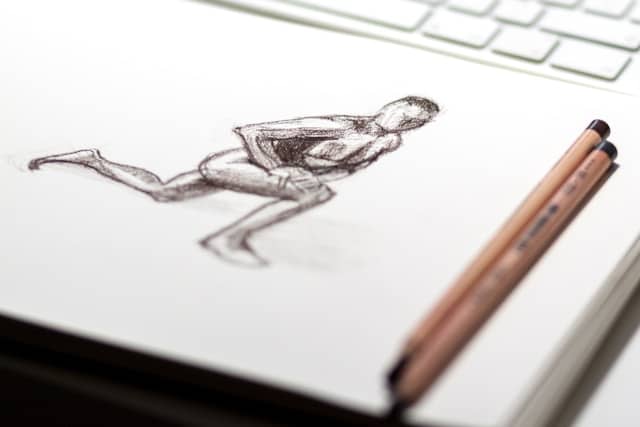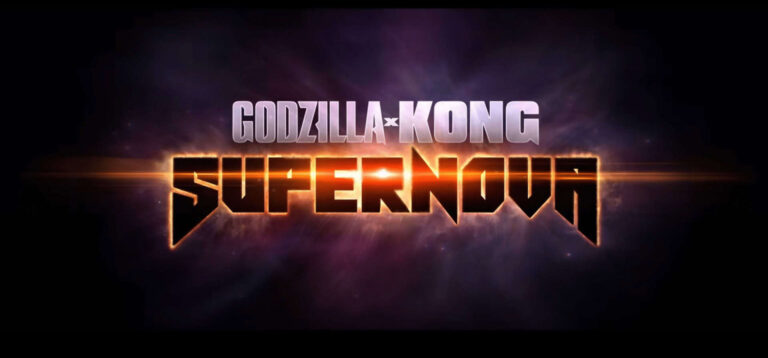Hand-Drawn vs. CGI Animation: 2 Methods of Motion Pictures
Many people have mixed opinions regarding the computer graphics of CGI, or 3D animation, versus the classic hand-drawn animation. There are varying factors when it comes to choosing which type of animation style to use for any media since the art world is filled with all sorts of ways for someone to express themselves and to create their work. With these options come all kinds of pros and cons for each chosen method.
History of Animation

There is an amazing and long history of animation. Archeologists discovered that back in 30,000 B.C., the attempt to animate has been there since the first person learned to draw, and many other artists have a yearning for their artworks to move. The urge to make inanimate objects or in most cases, have drawings move and the yearning for animation is historic. The first evidence of animation wasn’t a stack of pages with slightly different drawings on each one. Its origins can be traced back to Ancient Greece by the sculptor, Pygmalion.
Another definition would be bringing inanimate objects or drawings to life through the use of photos, and controlling the flow of illustrations in a way to create the illusion of movement. The same people who use this definition also agree that animation began with Ancient Greece, but with the Grecian pottery they made. On the pottery, some drawings and pictures depicted movement and were made to tell a story, although this would be more like an origin for comic strips, it is a good example of when it all began.
Before the official film creations, some of the items used for the illusion of movement in inanimate illustrations in the past were these strange and wonderful devices. There was the Magic Lantern of 1603, which was used to project illustrations through glass slides, a candle, and a mirror. The iconic flipbook that we know of most once called the Kineograph, was a concept that started in 1868 with Kineograph being Latin for flipbook. The Thaumatrope toy from the 19th century is an easy craft that a few enjoy trying even now, using a disc with a picture on either side and two strings. You spin it to create the illusion of motion.
Hand-Drawn Films
There have been many attempts at creating animated films, and some were successful, so there is an official first invention for many different types of films, from picture films to stop-motion. Now, the first hand-drawn animation, and pretty much the first cartoon, was from 1908 and by a man named Émile Cohl, titled Fantasmagorie. Made up of 700 drawings, where he had placed the first drawing on an illuminated glass plate, then traced the next drawing on top but slightly different, and he did that on repeat.
The next animated films that would follow helped to pave the way in animation, Gertie the Dinosaur in 1914 by Winsor McCay, which had more fluid motion, and then the first popular animated character, Felix the Cat in 1919 by Pat Sullivan and Otto Messmer. Then in 1928, Walt Disney produced his debut film, Steamboat Willie starring Mickey Mouse. It became the first animation with synchronized sound.
Considering how far it has come; to ease the worry of some classic animation fans, hand-drawn films won’t be going out of style for a while, considering the certain charm it has that CGI has more difficulty replicating. Old, animated movies are being rewatched, and indie animations on YouTube are creating their 2D animations. Some amazing examples of this are GODSPEED by OlanRogers and LACKADAISY by Lackadaisy. This just goes to show how charming 2D animation still is.
CGI Films
Computer-generated images, or CGI is a new type of animation that came about far before Toy Story, for Toy Story was mostly responsible for making CGI animation popular. It is similar to VFX, or visual effects, as both are these effects and images created using computer software, but the main difference is that VFX is for impact, while CGI can do more. Most may recognize how both are used for action movies. Aside from effects and images in live-action films, CGI animation is used for creating fantasy settings or animating unreal characters in a live setting, some examples being Frozen, VeggieTales, Jurassic Park, Game of Thrones, etc.
Outside of films and entertainment, CGI is also used for 3D printing or educational purposes, with many subjects requiring or constructed scenes helping to show a fully designed product or piece. The techniques for learning how to use CGI or what type of computer software to use for it can be found on many websites from companies specializing in it, and historically, CGI was first used in small scenes before being full films!
In Alfred Hitchcock’s 1958 film, Vertigo, the opening sequence with the spiral was made with CGI, because a real black and white spiral would cause wires to tangle. Then, in 1972, two computer science students, Edwin Catmull, and Fred Parke, created one of the earliest computer animations, A Computer-Generated Hand. It took drawing polygons and triangles on an actual model hand, before then putting that data, likely through scanning or a camera, into a computer to make it move. The first CGI film nominated for an Oscar would be one of Catmull’s early short films, Luxo Jr., and one of Pixar’s first CGI films in 1986.
Opinions on Animation Methods
Nowadays, opinions on choosing between which animation style is better is like choosing between which matters most, quality or quantity. Many have noticed that some animation companies with a lot of money tend to pump out a lot of CGI films, only to be disappointed with the lack of good writing and less-than-unique designs. Other studios, with a big example being Cartoon Saloon, put quality over quantity but as famous as they are and with their award-winning films, they take a lot of time. If done correctly, both types can create and depict beloved stories, such as Ultraman Rising, and WolfWalkers. It takes time and hard work for both to create a motion picture.
Get More Great Content
Craving top-tier content that covers it all? From electrifying sports highlights and insider entertainment news to expert gaming tips and sharp betting advice, we’ve got you covered. Dive into our curated articles to stay ahead of the game with the latest sports action, uncover the hottest trends in entertainment, and get the lowdown on gaming strategies that could level up your play. Plus, our betting advice will sharpen your edge and boost your chances of winning big. Whether you’re looking to stay updated or gain a competitive edge, our content is your go-to source for all things exciting and relevant. Don’t miss out—explore now and power up your knowledge! Follow us on Twitter/X @TotalApexSports to stay informed.







